
Revealing serious mistakes
According to the adjustment by the Ministry of Industry and Trade - Ministry of Finance on August 21, the price of RON 95 and E5 RON 92 gasoline increased by VND 610 and VND 510 per liter, respectively, to VND 23,339 per liter for E5 RON 92 gasoline and VND 24,601 per liter for RON 95 gasoline. This is the 5th consecutive time that gasoline prices have been adjusted up in the past 2 months.
In this adjustment period, the Ministry of Industry and Trade continues to not make any allocations to the Petroleum Price Stabilization Fund for all products. However, it is noteworthy that the regulatory agency also stops using the Petroleum Price Stabilization Fund for all petroleum products, including stopping using the fund for fuel oil.
In the context of continuously increasing gasoline prices, not using the Stabilization Fund for many consecutive periods raises a question for operators: Can the gasoline stabilization fund really play its full role in curbing the price increase in recent times?
Speaking with Lao Dong, a petroleum business in Ho Chi Minh City said that from the beginning of the year to the end of July, the Price Stabilization Fund increased sharply, but the spending was very small and not maintained during times when world prices increased sharply.
According to this person, the world's oil and gas prices are adjusted daily, always reflecting the market rules. However, domestically, they are managed and operated on a 10-day cycle, which creates a huge price difference.
Therefore, the coordination of the executive agency is needed. The stabilization fund is the only tool, but it is not used properly.
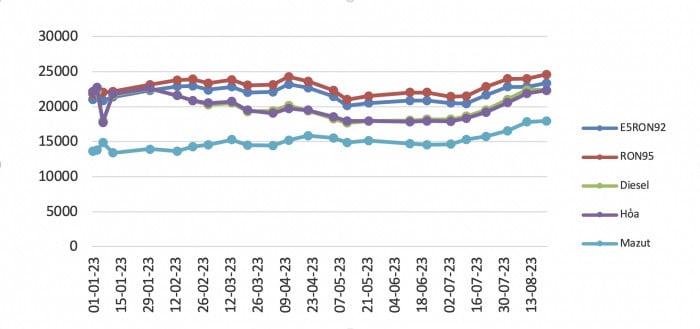
Mr. Nguyen Tien Thoa - Chairman of the Vietnam Valuation Association said that the Petroleum Stabilization Fund operates according to the mechanism of setting aside an amount of money from the price (collected from people through the selling price of each liter of petroleum) to form the fund and only serves the purpose of stabilizing prices when world petroleum prices increase, pushing up domestic capital costs.
However, according to him, since last year, the use of this fund has revealed serious mistakes in management.
"The operator made a mistake by spending too much of the fund at a time when prices were continuously increasing (early 2022), but did not predict that prices would continue to increase later (from April to June 2022). This led to a situation where gasoline prices increased sharply, the fund ran out, and at that time, if the fund was withdrawn, it would be even more unstable, going against the purpose of price stabilization," said Mr. Thoa.
With the current provision, Mr. Thoa said, there are signs of recurring instability in operations.
In fact, now is the time when the economy is "hurt", it is necessary to stabilize prices, especially diesel - accounting for 60% of total fuel output on the market.
“Diesel is directly related to the production sector, transportation industry, industrial production, supporting industries, etc. Therefore, the continuous price increase in recent times for this product, but the operator still does not spend the fund is a mistake,” said Mr. Thoa.
Boldly abandon the Stabilization Fund
According to Mr. Nguyen Tien Thoa, the fund's small disbursement is even more confusing when previously, the Ministry of Industry and Trade calculated that in the third quarter, the highest domestic gasoline price could only reach 23,049 VND/liter - that is, the forecast price is lower than the current actual price.
This is understood to mean that the current price level may have reached its limit. If so, keeping the fund will inadvertently affect inflation control and economic recovery, causing difficulties for the people… contrary to the fund's objectives.
According to the announcement of the Ministry of Industry and Trade - Ministry of Finance, from February 14, 2023 to August 1, 2023, the management agency will not spend funds on E5 RON92 gasoline, RON 95 gasoline, and diesel oil.
From August 1, 2023 to August 11, 2023, the joint ministry will spend 400 VND/liter on diesel and 300 VND/liter on kerosene.
From April 11, 2023 to April 21, 2023, the fund will be disbursed at VND 300/kg for fuel oil. From August 11, 2023 to August 21, 2023, the fund will be disbursed at VND 150/kg for fuel oil.
Regarding the establishment of the Petroleum Price Stabilization Fund: From June 21, 2023 to July 3, 2023, the Ministry of Industry and Trade - Ministry of Finance will establish 139 VND/liter for RON 95; 100 VND/liter for DO 005S; 100 VND/liter for kerosene and 100 VND/kg for fuel oil. From August 1, 2023 to August 11, 2023, the establishment will establish 400 VND/liter for DO 0.005S.
Thus, the Petroleum Price Stabilization Fund has not performed its spending function for the past 2 months, causing petroleum prices to increase 5 times in a row.
Speaking with Lao Dong, Mr. Nguyen Xuan Thang - Director of Hai Au Phat Company Limited (Lam Dong) said that the current Petroleum Price Stabilization Fund is no longer an effective tool to manage petroleum prices in the current market direction.
With the current fund balance of over 7,400 billion VND (equivalent to over 300 million liters of gasoline), it is enough to meet consumer circulation needs for 4 days.
Therefore, it is necessary to use a part of the fund's surplus to build a national reserve for use when the market shows signs of abnormality.
“Objectively speaking, the Petroleum Stabilization Fund is currently a type of fund that no longer has much useful value, even ineffective, and can become a burden and a limitation in promoting market development. Therefore, it is necessary to boldly terminate this fund,” said Mr. Nguyen Xuan Thang.
Source


![[Photo] Overcoming all difficulties, speeding up construction progress of Hoa Binh Hydropower Plant Expansion Project](https://vstatic.vietnam.vn/vietnam/resource/IMAGE/2025/4/12/bff04b551e98484c84d74c8faa3526e0)


![[Photo] Closing of the 11th Conference of the 13th Central Committee of the Communist Party of Vietnam](https://vstatic.vietnam.vn/vietnam/resource/IMAGE/2025/4/12/114b57fe6e9b4814a5ddfacf6dfe5b7f)


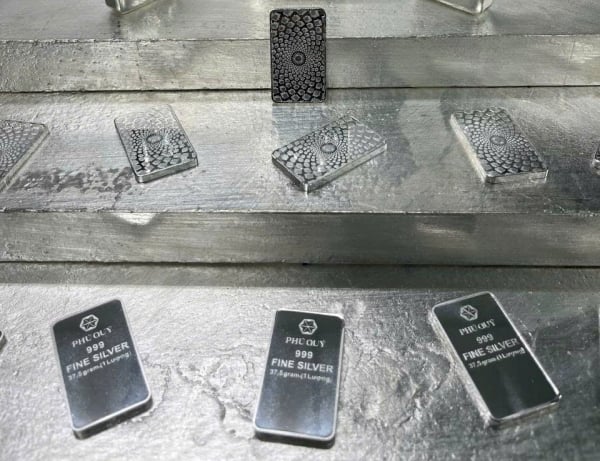


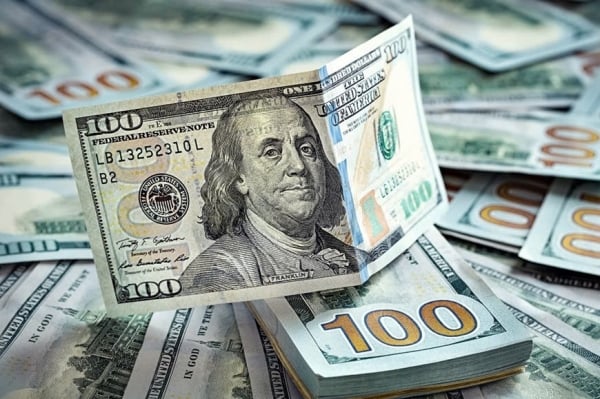
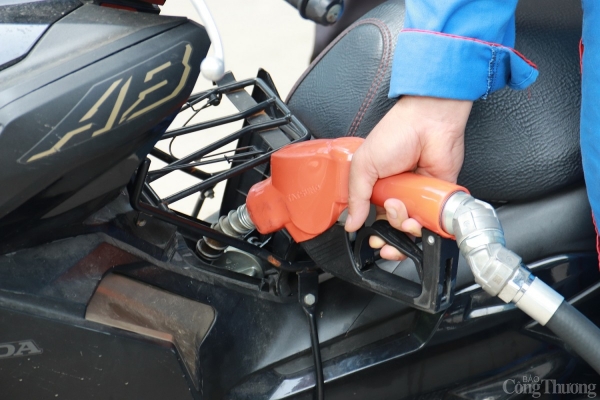
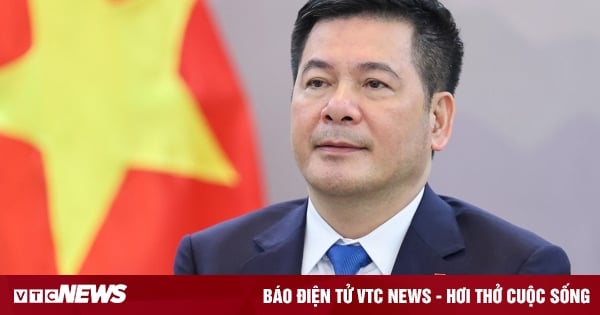












































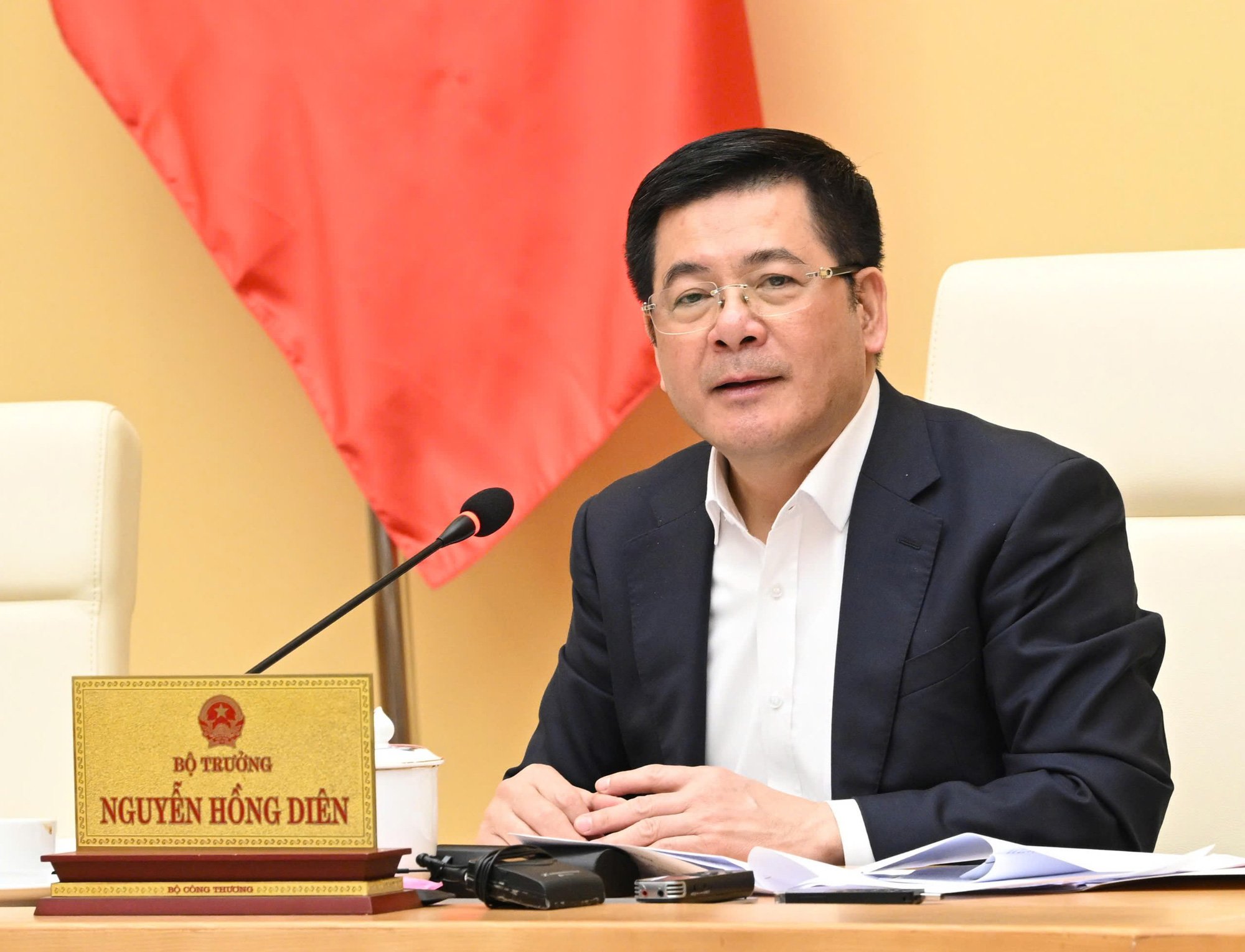
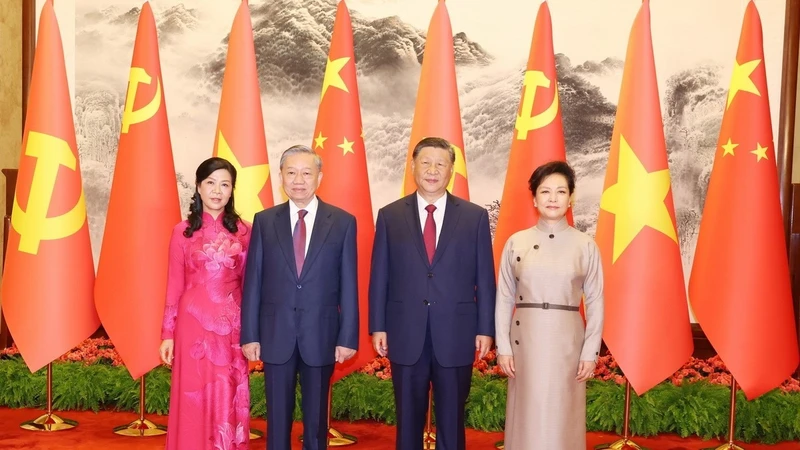














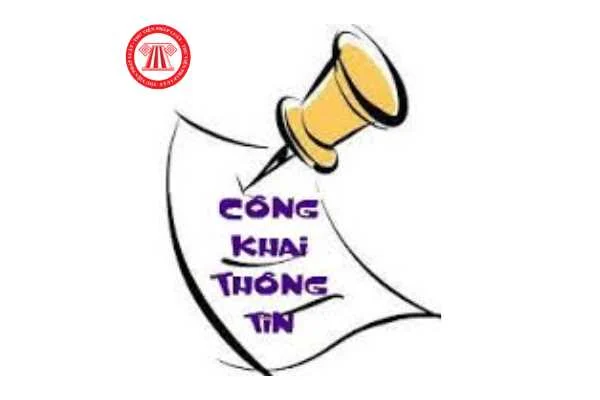













Comment (0)